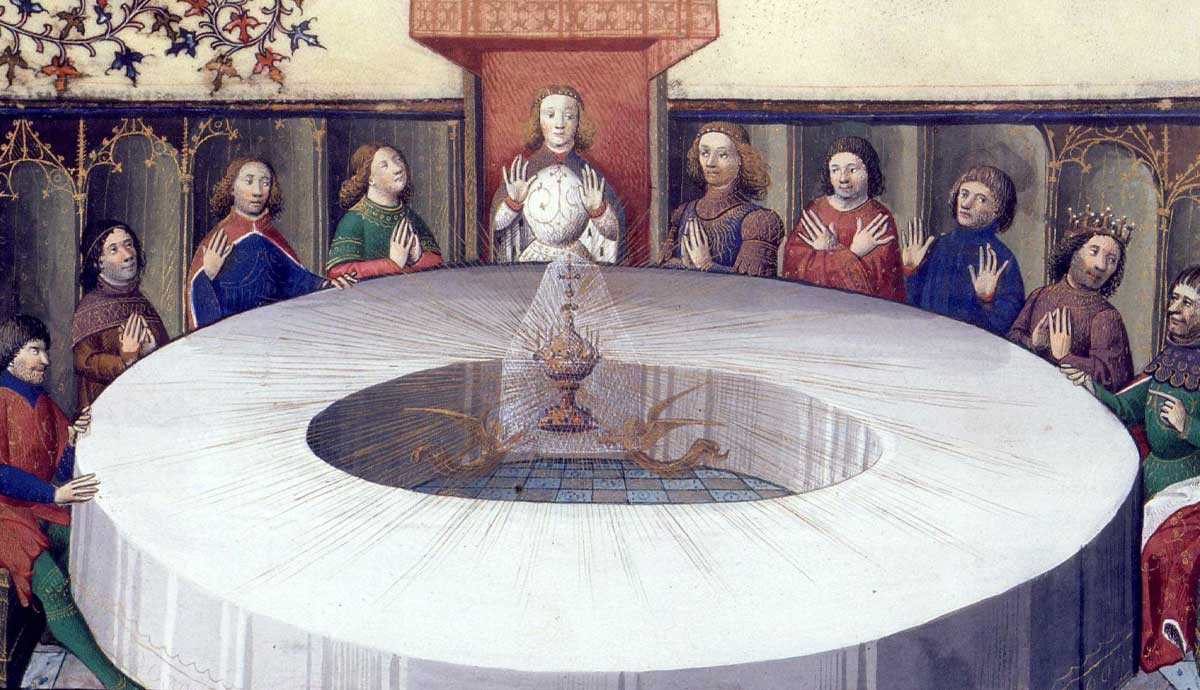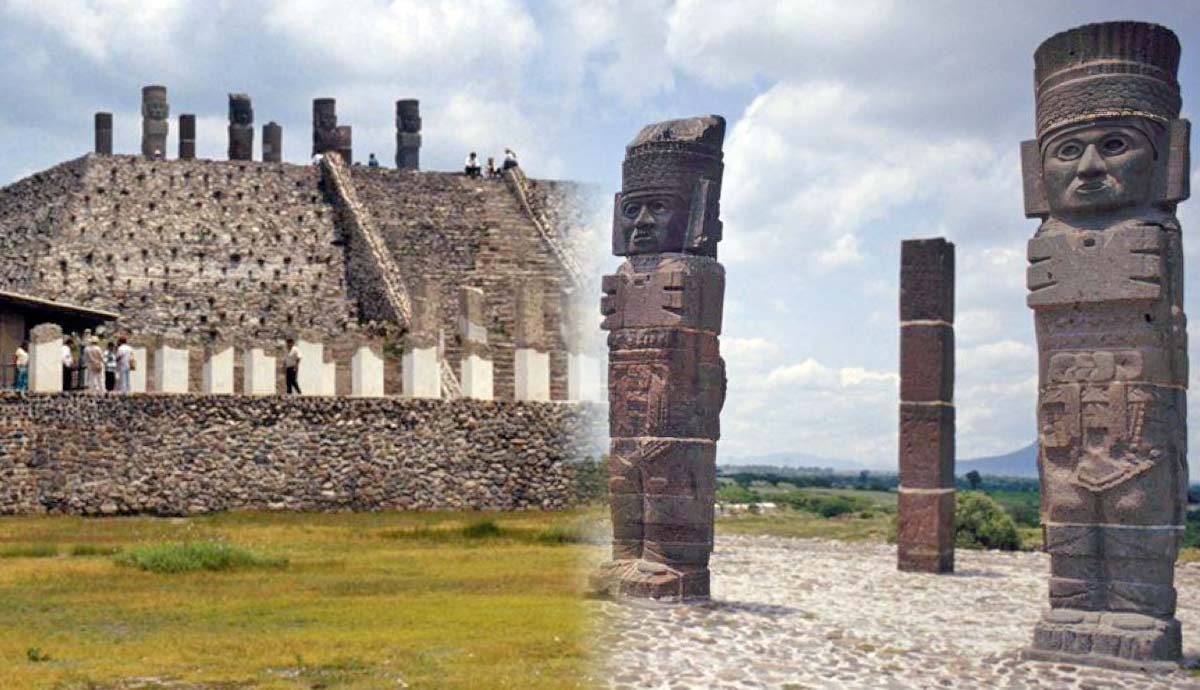
Whenever we hear the name Charlie Chaplin, our minds likely jump to an amusing, cane-wielding man with a hat and a mustache. This is understandable, for this character—the Tramp—is the most recognizable figure from Chaplin’s career.
However, when one digs deeper into Chaplin’s life and work, it becomes evident that he was much more than a silent film actor. Indeed, he was a multi-talented auteur who directed, wrote, and produced an impressive roster of classic films.
Charlie Chaplin’s Victorian Childhood
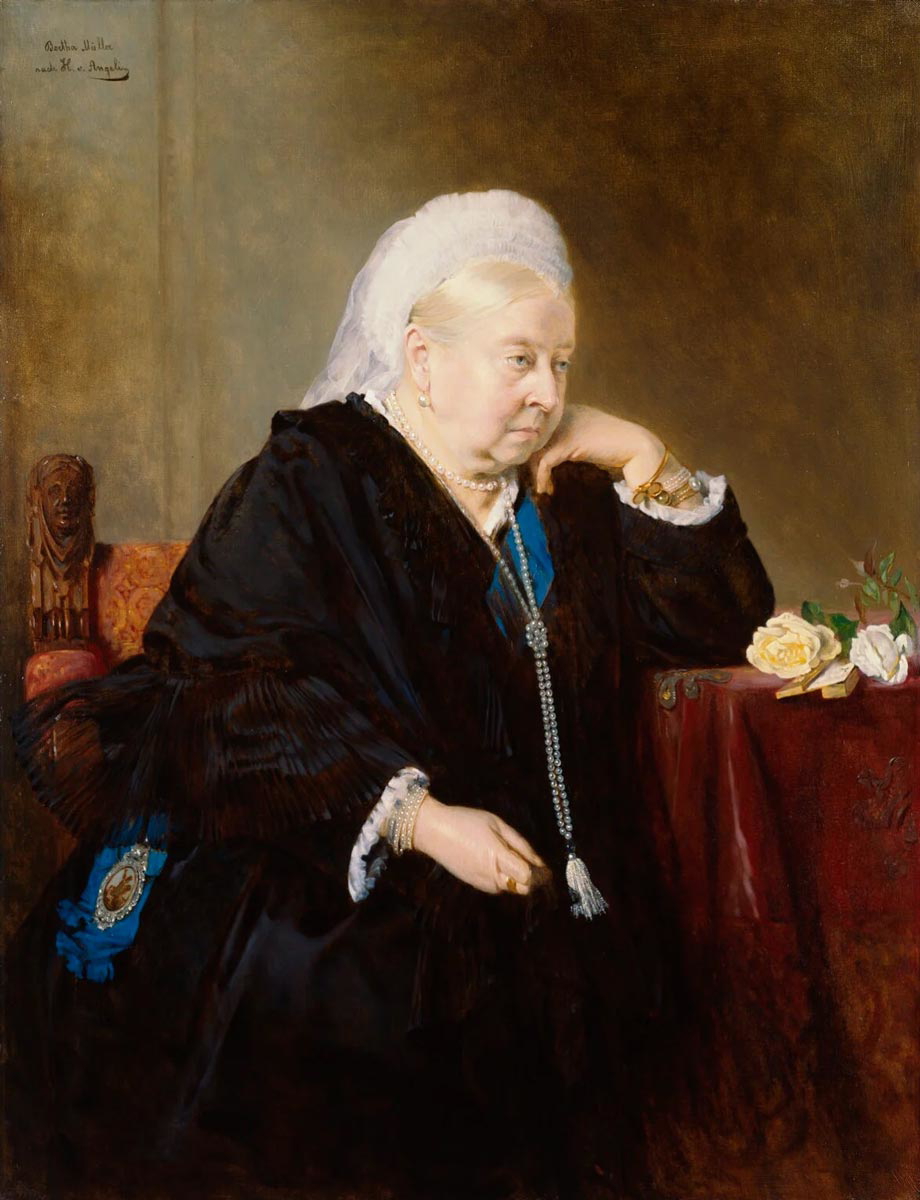
Charlie Chaplin was born on April 16, 1889 in London. He was raised in a relatively poor family, with his deprived childhood reminiscent of a Victorian Dickens character. His father was also called Charlie, and his mother was named Hannah.
Both worked in the performing arts and wanted to become famous actors and singers. But despite their ambitions, neither made much money. Worse still, Charlie Senior developed an alcohol addiction and abandoned the family.
Hannah found another partner, a singer named Leo Dryden. But this relationship also fell apart. Following the birth of their son Wheeler, Leo left Hannah, taking his son with him. This latest tragedy was too much for the poor woman. With a fading voice, a tough financial situation, and the loss of her new son, Hannah developed psychological disorders. Consequently, her two remaining sons were housed in various institutions, including the Lambeth Workhouse and the Central London District School at Hanwell.
With some help from Charlie Senior’s connections in the theater, the young Chaplin joined the Lancashire Lads at the end of 1898. After learning to tap dance, he and the Lancashire Lads toured the country for a couple of years, performing in front of large crowds in prestigious theaters.
Mr. Karno and Mr. Chaplin
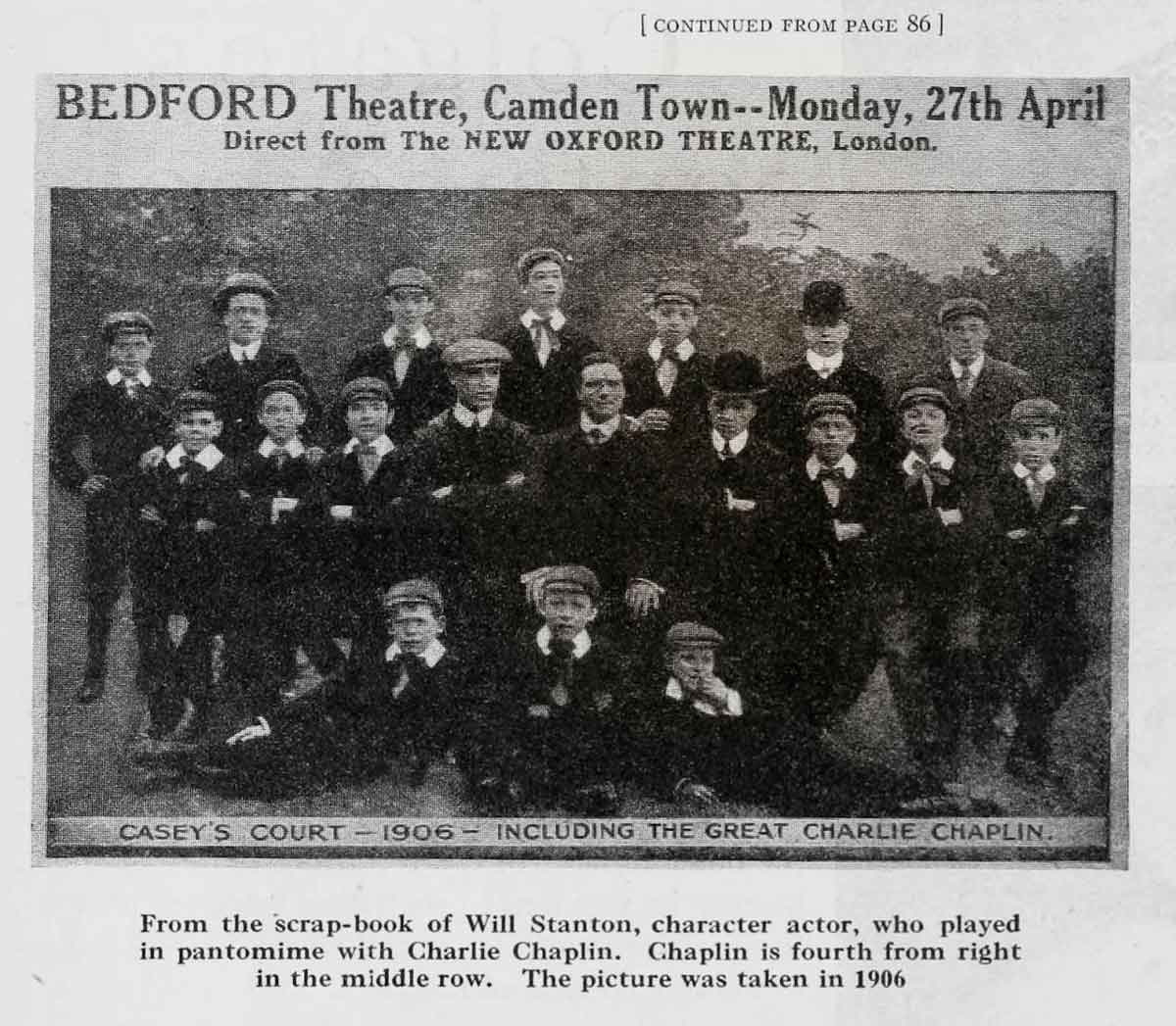
When touring came to an end in 1901, Chaplin was reunited with his mother. Devoid of any assistance from his older half-brother Sydney (who was away working as a steward on a ship), Chaplin supported himself and his mother with a series of odd jobs. But Chaplin couldn’t ignore his true calling. His heart was in the performing arts, and he soon returned to the stage, giving a notable performance as Billy the Groom in Sherlock Holmes. He also worked as a pantomime, honing his skills as a comedy performer.
Chaplin developed his comedic chops still further as a member of Casey’s Court Circus, where he produced remarkable imitations of famous comedians. Soon after, Sydney (who had also returned to the theater and started to build his own career) managed to get his sibling an audition with the influential Fred Karno, a gifted man with a knack for comedy and entrepreneurship.
Having impressed Karno with his abilities, Chaplin joined his company. He portrayed a sly drunk in Mumming Birds and the titular character in Jimmy the Fearless or the Boy ‘Ero. Chaplin traveled with Karno to the United States, setting off for New York in October 1910.
The Tramp Comes to America
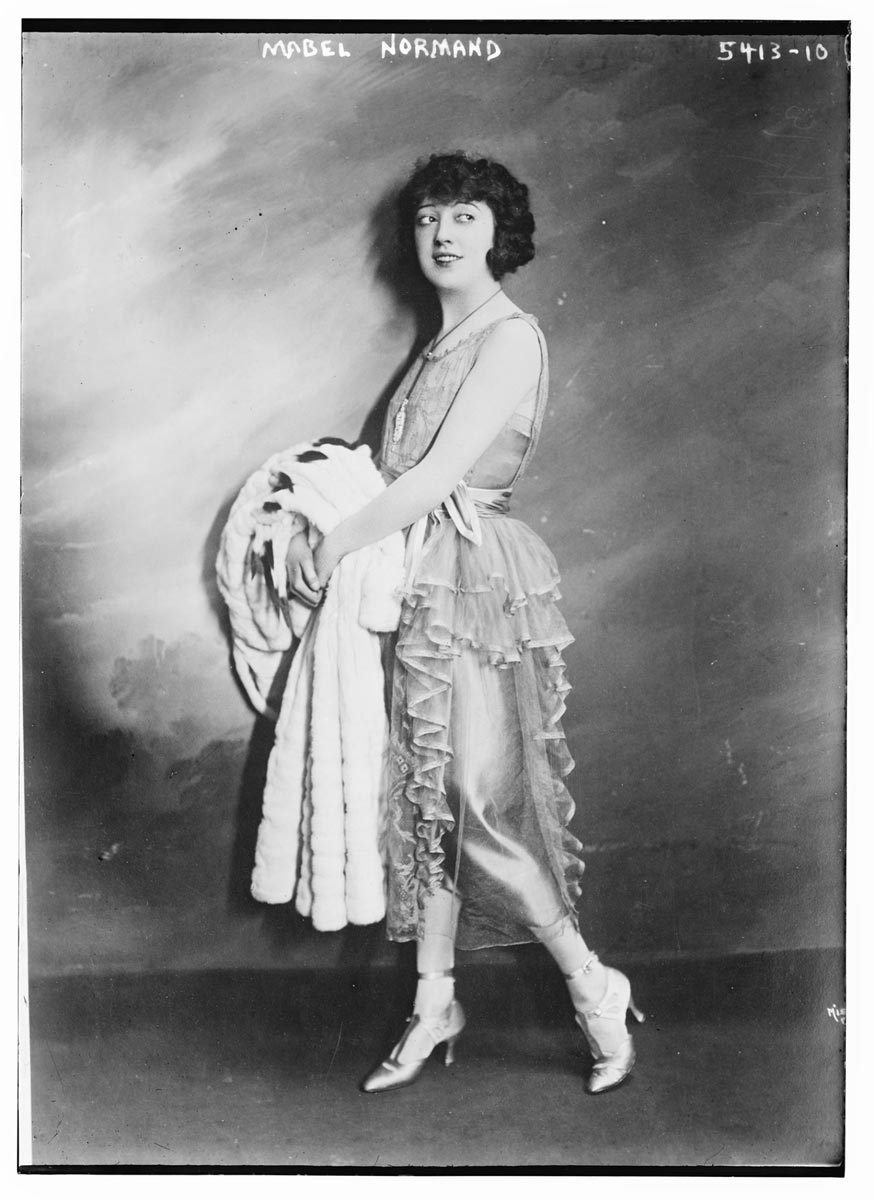
Having made the jump from stage to screen by joining Mack Sennett’s Keystone Film Company, Chaplin soon developed his most iconic character: the Tramp.
Also drawing upon Chaplin’s childhood experiences, the Tramp was designed to be a walking contradiction, with the tight coat, small hat, and cane contrasting with baggy pants and big shoes.
The Tramp first appeared in a film called Kid Auto Races at Venice (1914). In Kid Auto, the Tramp continuously tries to put himself into the frame, providing a commentary on how people behave when in the presence of a camera.
The Tramp next appeared in Mabel’s Strange Predicament (1914) alongside silent film actress Mabel Normand. (This was filmed before Kid Auto but released slightly after.) Mabel’s Strange Predicament was the first of eleven films starring Chaplin and Normand. Chaplin also worked alongside veteran producer-director Mack Sennett during the formative stages of his film career. But Chaplin wasn’t always the easiest to work with, for he was itching to direct as well as act.
With increasing popularity and influence, Chaplin’s wish was granted. He wrote and directed many films during the second half of 1914, demonstrating his skills both in front of and behind the camera. Before long, America was captivated by the little man from England, with audiences lining up outside cinemas to see his films.
Triumphs and Troubles

In Work (1915), Chaplin highlighted social injustice, with the Tramp working under the tyranny of a whip-wielding coachman. By exploring exploitation in the workplace, Chaplin expanded his appeal, becoming a symbol for the oppressed.
Many more short films followed, including A Woman (1915), where Chaplin dressed up in drag. But it wasn’t until the early 1920s that Chaplin made his first full-length feature, The Kid (1921), a beautiful and potent picture that evokes the creator’s poverty-stricken childhood.
But things were not good behind the scenes. Chaplin quarreled with the film’s distributors, the First National, demanding more money. He was also in the middle of a divorce settlement with his first wife, Mildred Harris, who had decided to reject the settlement of $100,000!
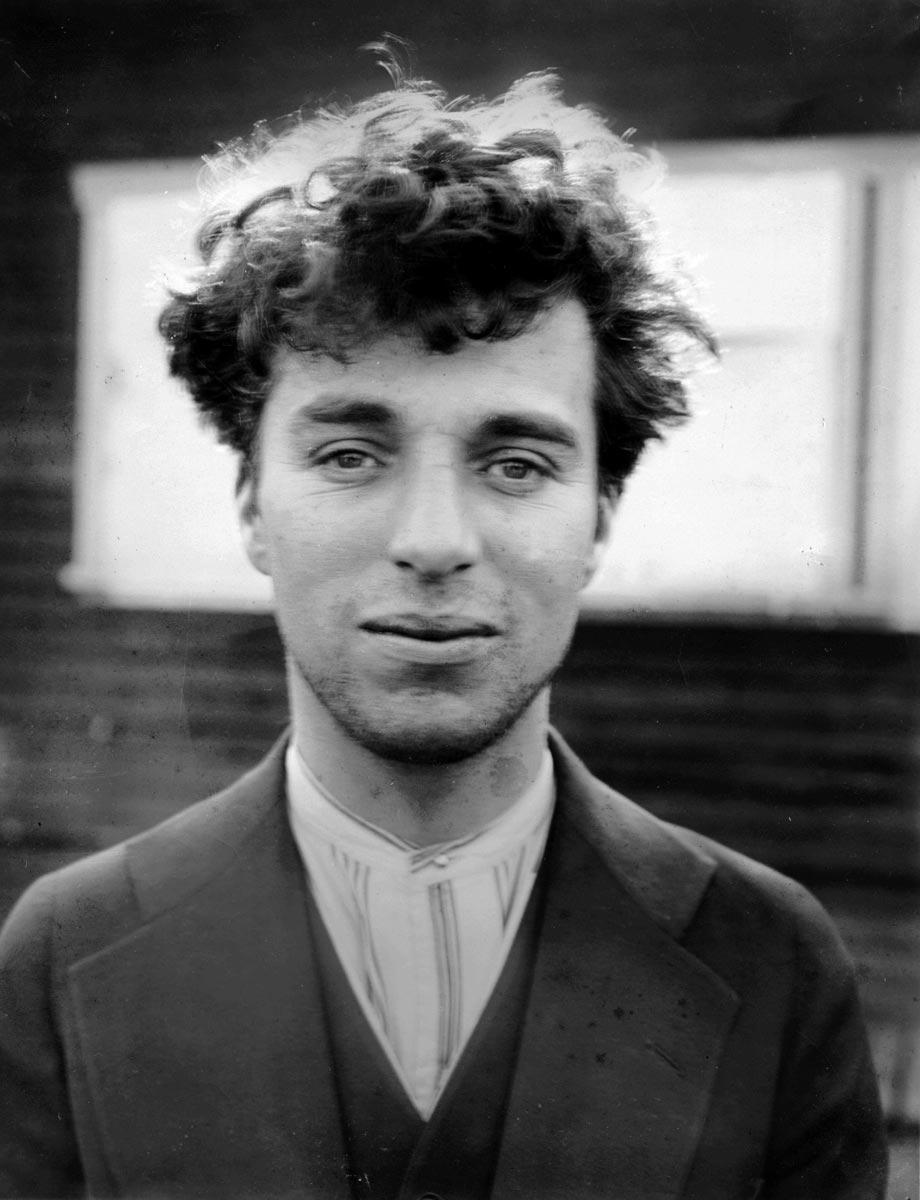
When The Kid was finally released at the start of 1921, it was a milestone for Chaplin, both creatively and personally. He met teenage actress Lita Grey while making the film, and the young actress also appeared in The Gold Rush (1925), one of Chaplin’s most well-known pictures. It was during the making of the film that the sixteen-year-old Grey became pregnant, prompting a shotgun marriage.
However, just like Chaplin’s first marriage, the relationship wasn’t meant to last, and the couple divorced in 1927. The following year, Chaplin’s mother died at the age of sixty-three after living in California’s San Fernando Valley for several years under permanent care.
Modern Times
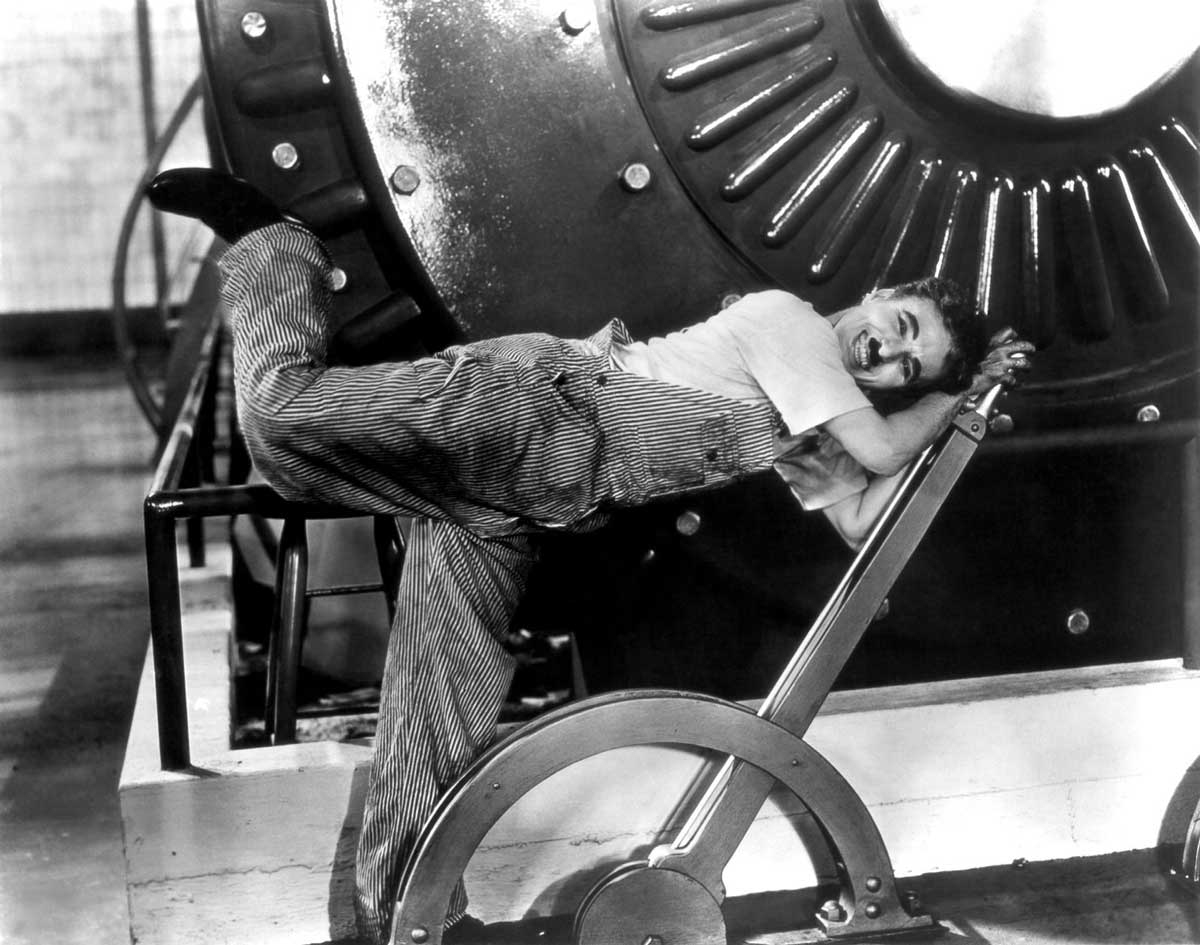
In December 1928, Chaplin arrived on set to make City Lights (1931). He worked on the film obsessively, fine-tuning every sequence and going through hundreds of takes to find the perfect shot.
By the end of 1930, Chaplin had finished editing, and the film premiered soon after. City Lights was a massive achievement for Chaplin. With a moving blend of comedy and melodrama, the film was a hit upon release and is regarded by many as Chaplin’s best film. Following this success, he returned to Europe to take a break from filming.
When Chaplin returned to Hollywood, he had to grapple with the changing landscape of the film industry. The silent era was coming to an end, forcing the creator to ponder a serious question: Could the Tramp survive in a post-silent Hollywood?
Indeed, Chaplin’s final performance as the Tramp was in Modern Times (1936), with shooting starting in October 1934. Though still largely a silent film, Modern Times featured some dialogue and numerous sound effects. Paulette Goddard, who had been in a relationship with Chaplin for several years, played the leading lady, and the couple married in secret the same year as the film’s release.
Though praised by many, some conservatives took issue with Modern Times, seeing it as a critique of capitalism. Yet the political aspect of the Tramp’s final film was tame compared with what came next.
The Great Scandals
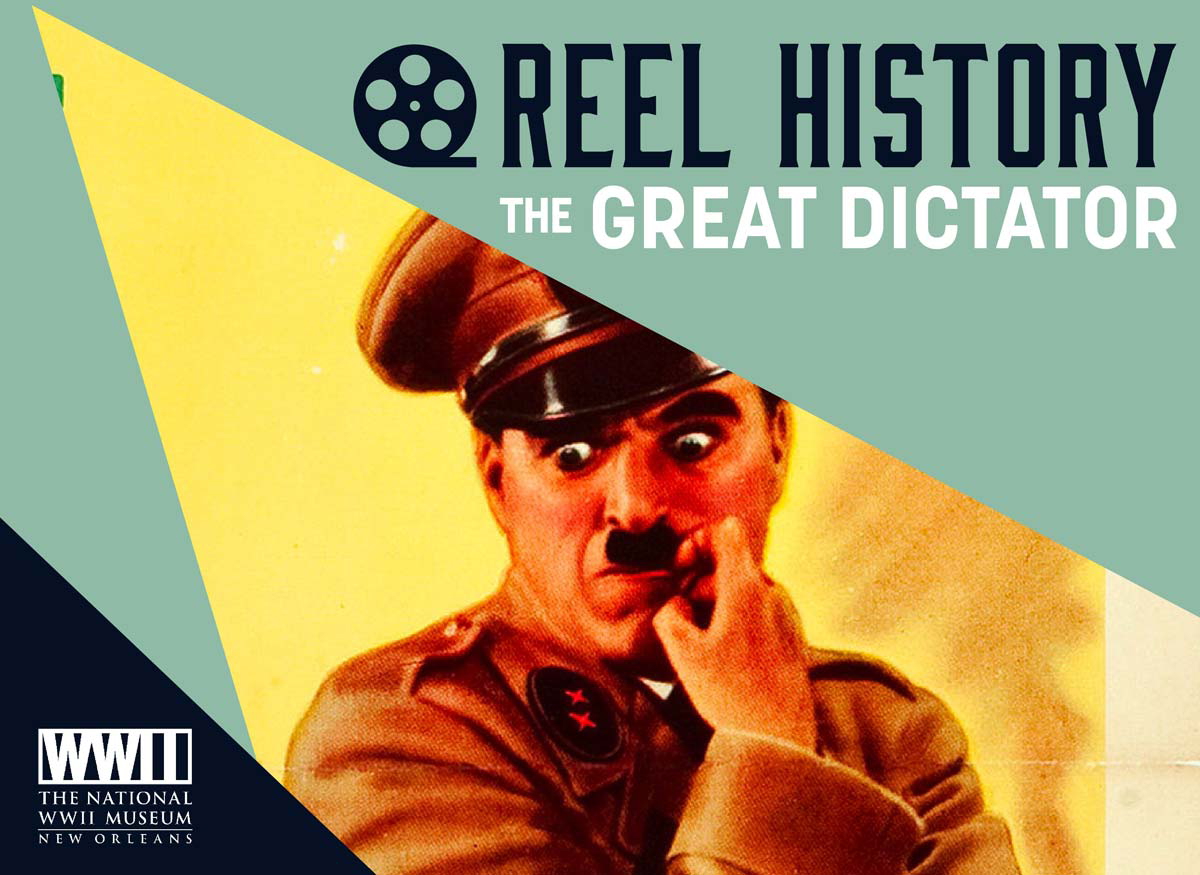
Chaplin left the silent era behind in The Great Dictator (1940). Having penned the script, he started shooting in 1939. He played two roles: a Jewish barber living in a ghetto and Adenoid Hynkel, a dictator and parody of the Nazi leader Adolf Hitler. Goddard joined her husband once again, portraying the barber’s neighbor.
Though the film is now held in high regard, it was controversial at the time of release. The final speech was particularly contentious, with those on the right viewing it as yet another example of left-leaning politics. Moreover, Chaplin had openly supported some of President Roosevelt’s more socialist-leaning policies. The Communist Party in England then amplified Chaplin’s association with the left side of politics by publishing the entire final speech from The Great Dictator inside a pamphlet.
Chaplin’s personal life was also under fire. In the summer of 1941, he started an affair with actress Joan Barry. Several years later, Barry—who was pregnant—filed a lawsuit against him for denying paternity. Though the blood tests supported Chaplin, he was still forced to pay child support.
Chaplin married for the fourth and final time in June 1943. His bride was eighteen-year-old Oona O’Neill, the daughter of the dramatist Eugene O’Neill. Chaplin’s taste for much younger women is one of the more uncomfortable aspects of his legacy. Apart from Paulette Goddard, all his wives were teenagers at the time of the wedding ceremony.
Political Outcast
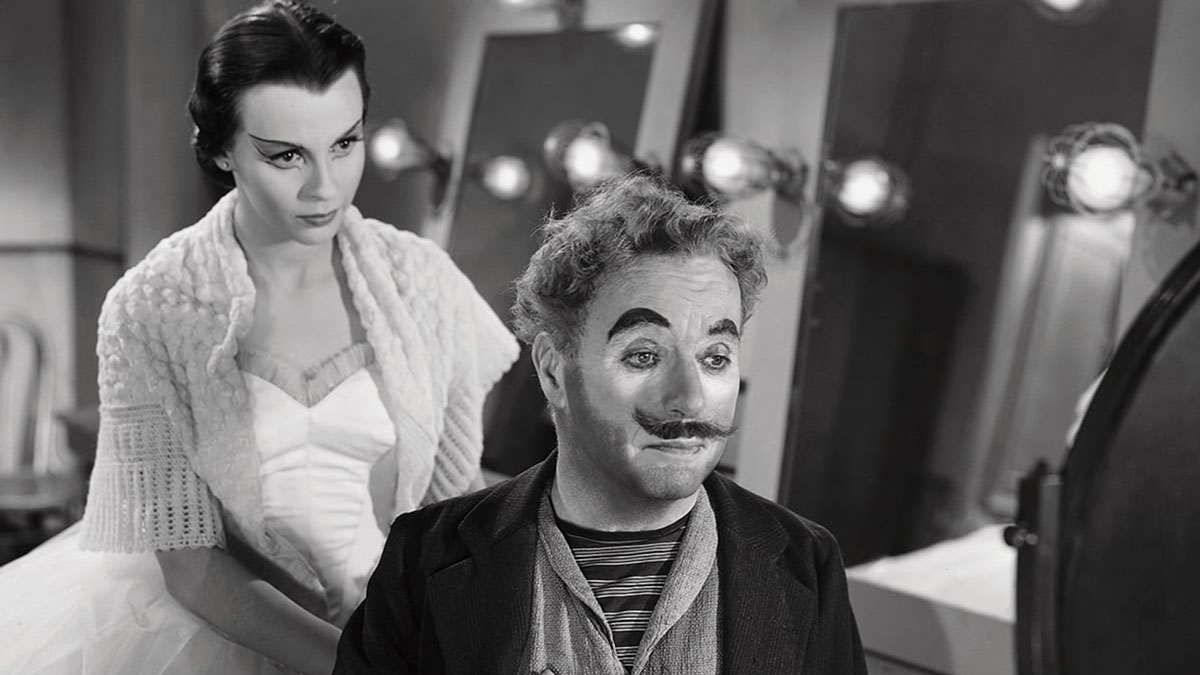
Chaplin’s next film was a black comedy, Monsieur Verdoux (1947). Inspired by the French serial killer Henri Désiré Landru, the titular character (played by Chaplin) accumulates wealth by marrying rich widows and murdering them.
Controversy surrounded the anti-capitalist picture upon its release. Boos erupted from the audience during the premiere in New York, and journalists fired questions at the press conference that followed, honing in on the politics of the picture. Chaplin became a prime target during the early stages of the Cold War, particularly after he protested against the trials of Communist Party members.
The political themes were dropped for the next project. Limelight (1952), though not Chaplin’s final film, is often regarded as his swan song. Set in early-twentieth-century London, the picture is an autobiographical piece about an aging comedic performer whose career is in decline, a reflection of Chaplin’s own career at the time.
With the FBI interviewing his collaborators back home, Chaplin remained in Europe and moved his family to Switzerland. He started to work on A King in New York (1957), a political fable about an exiled king who claims asylum in the United States. It was shot, produced, and screened in England and wasn’t released in the United States until 1972.
Chaplin worked on his autobiography for several years, simply called My Autobiography (1964). The success of the book prompted Chaplin to return to the film industry. A Countess from Hong Kong (1967) was written and directed by Chaplin, but he only played a minor role in front of the camera. Several international stars, including Marlon Brando and Sophia Loren, appeared in the picture. The film was not received well, and the critical consensus has remained lukewarm ever since.
Charlie Chaplin’s Final Years and Legacy
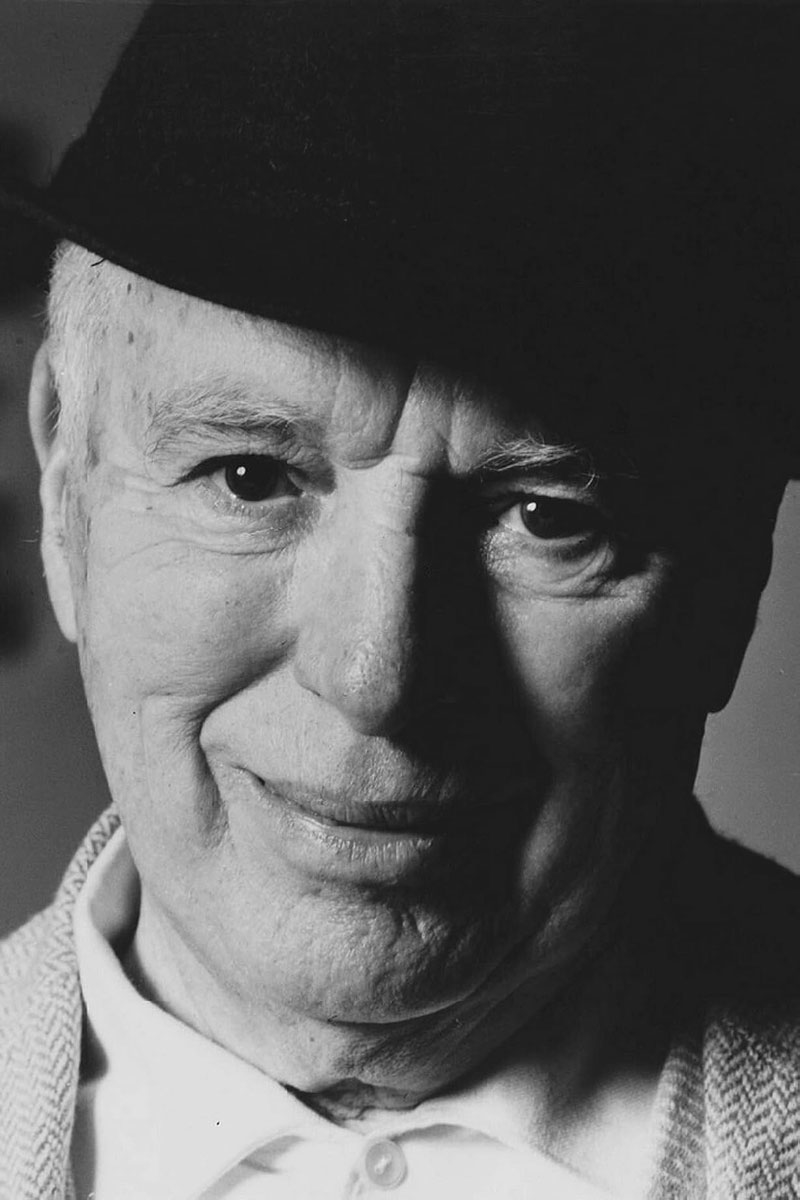
During the final years of his life, Chaplin traveled with his wife Oona, and won many awards, including an honorary Oscar in 1972. He died in his sleep five years later, on Christmas morning, at the age of 88, leaving behind a remarkable legacy.
Within the vast catalog of Hollywood legends, Chaplin stands tall alongside the greats. We tend to remember him for his physical performances, particularly during the silent era. But Chaplin wasn’t just a physical actor, for he wrote, directed, and produced, too. He even composed the music for many of his films.
Critics of Chaplin tend to point to his political views, labeling him a hypocrite for attacking capitalism despite benefiting from it himself. Yet it’s important to remember that Chaplin wasn’t born into wealth, and his poverty-stricken upbringing shaped his political outlook as an adult.





